Tomorrow, Ecce Homo is joining its friends and customers around the globe in celebrating Intersex Awareness Day, an internationally observed awareness day each October 26 since 2003 designed to raise awareness of the human rights violations and everyday challenges intersex people keep facing today. This annual event marks the first public demonstration by intersex people in North America, on October 26, 1996, outside the venue in Boston where the American Academy of Paediatrics was holding its annual conference. Intersex activists Morgan Holmes and Max Beck participated for the (now-defunct) Intersex Society of North America. According to Holmes' testimony, Beck and herself had intended to deliver an address "on long-term outcomes and to challenge their still-prevailing opinion that cosmetic surgery to "fix" intersexed genitals was the best course of action", but were "met, officially, with hostility and were escorted out of the conference by security guards" [1]. It should be noted that the doctors dismissed the activists as a vocal minority in a 1997 New York Times article covering the intersex action. The commemoration day itself began in 2003 with the establishment of a central awareness-raising site by Betsy Driver and Emi Koyama, which was later re-established in 2015 by Morgan Carpenter with Laura Inter of Brújula Intersexual, and the support from Open Society Foundations.





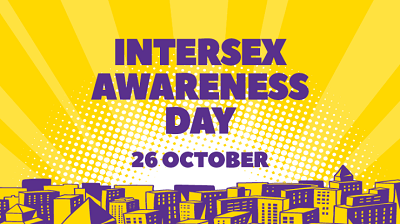
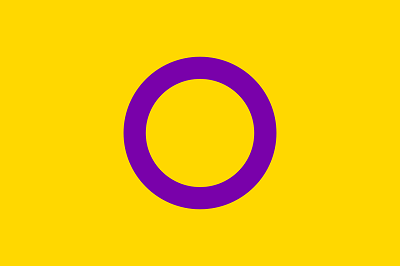
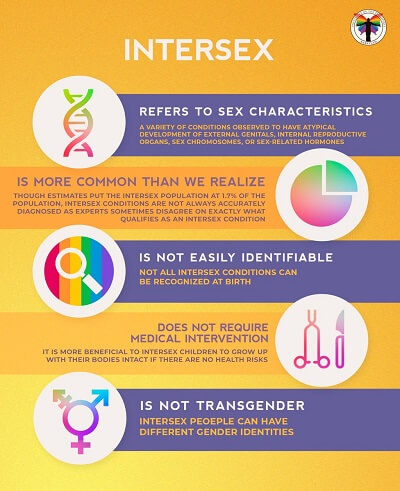
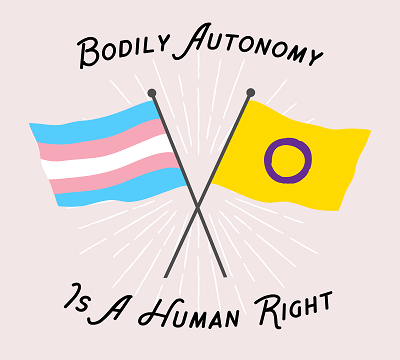
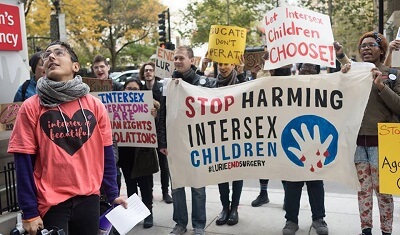

 Login
Login